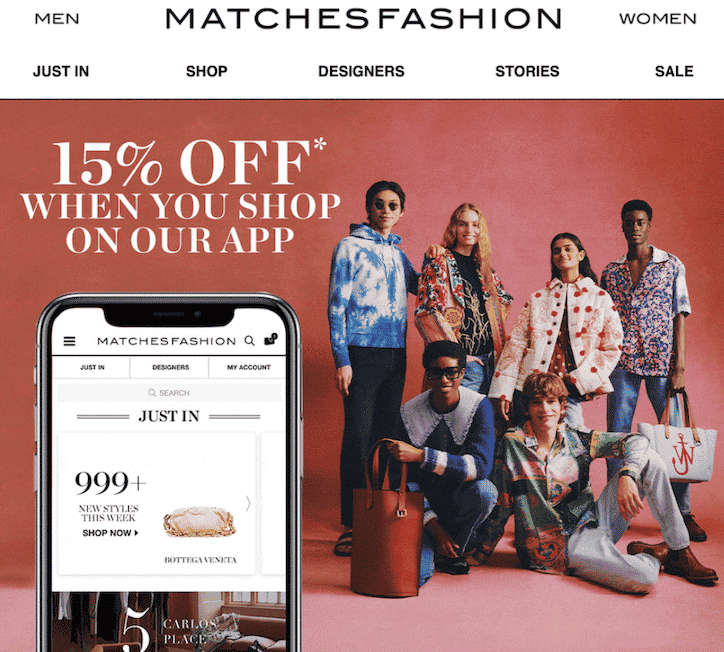Business
Why Your Culture of Digital Experimentation Isn’t Delivering
November 12, 2021

For the modern marketer, adopting the right tools in order to create, test, and measure a killer email campaign is a victory in and of itself. After all, finding the right resources and data points is half the battle.
But halfway doesn’t cut it when it comes to delivering a culture of digital experimentation. The brands and marketing teams bold enough to do something new by experimenting and innovating their customer experiences will be the ones to take advantage of this mindset.
So, why are only 46% of today’s marketing decision-makers ready to invest in this culture of digital experimentation?
While some experiments are bound to fail, ROI in the form of engagement and revenue boosts are generally the hallmarks of a successful culture shift for the marketer. If your company has put in the hard work of not only finding new email marketing tools and solutions, but also of rethinking your approach to email (yet still isn’t seeing the fruits of that labor), here are a few reasons why your digital experimentation might still not be delivering.
And — more importantly — how to overcome these obstacles to deliver the customer experience your online buyers deserve.
Not enough executive buy-in
Most marketers would agree that email is one of the most important aspects of a robust digital marketing strategy. However, email marketing can also be often overlooked because compared to newer innovations, email is basically a dinosaur in terms of its traditionally static nature.
However, according to Litmus’s 2021 State of Email Report, 79% of marketers say that email still ranks among their top three most effective channels for marketing. Proving that you don’t have to reinvent the wheel to deliver a culture of digital experimentation.
The problem, especially when it comes to winning executive buy-in for email experimentation, often lies in proving exactly how valuable a brand’s email communications are. In fact, that same Litmus survey found that 61% of marketers still can’t pinpoint their email marketing ROI.
One important way to prove the value of email marketing and adopt a low-effort, high-impact digital experimentation approach is to stop thinking of opens as an all-important metric for measuring your message’s success.
While opens are still important, recent changes to data collection, such as Apple’s new Mail Privacy Protection feature (which makes email opens an increasingly inaccurate and unreliable benchmark moving forward) mean that accurately assessing ROI for email campaigns just got a little bit trickier for anyone using open rate to measure success.

So, to gain executive buy-in for your culture shift as soon as possible, move your metrics beyond opens to focus on engagement-driven KPIs like clicks, conversions, and revenue generated instead. After all, bottom-line results are a much more effective means of getting your executive team excited about email all over again.
Skipping a strategic framework
While it’s important to experiment with new forms of marketing, plugging old strategies into new experiments is unlikely to yield great results. If you’re shaking up your email marketing campaigns, for example, by testing out new features such as dynamic content, personalization, automation, or integrated app/SMS marketing, sending customers one-size-fits-all messaging is unlikely to inspire customers to interact with your business.

Case in point, fashion retailer JustFab used to send each of its customers the exact same message at the same time each day. But as the brand moved away from a more traditional strategy and started experimenting with automation, it began basing send frequency on personalized factors like subscription tenure and engagement level. By paying attention to who the brand is messaging and how often, JustFab has significantly decreased customer attrition and churn while boosting engagement and revenue.
Breaking down silos to build a successful culture of digital experimentation
Consumers are increasingly relying on the combination of mobile and email experiences as their primary means of staying up-to-date with your brand. Over the course of the COVID-19 pandemic, more than 77% of email senders saw their open rates rise or stay the same — and more mobile-friendly messaging played a large part in this trend.
However, as in-store restrictions ease and consumers return to their pre-pandemic shopping habits, digital marketers will need to innovate in order to keep those engagement boosts going. The best way to create a successful, post-pandemic culture of digital experimentation is to think of email marketing as part of a holistic communication effort.

A recent study found that 74% percent of consumers expect a hybrid experience in the post-pandemic retail landscape, so start merging your email strategy with other customer experience projects like SMS messaging, click-and-collect strategies, and first-party data-focused marketing like loyalty program perks to offer customers the personalized, hybrid communication they’ve come to expect.
The State of Brand Loyalty in the U.S. in 2023
Related



